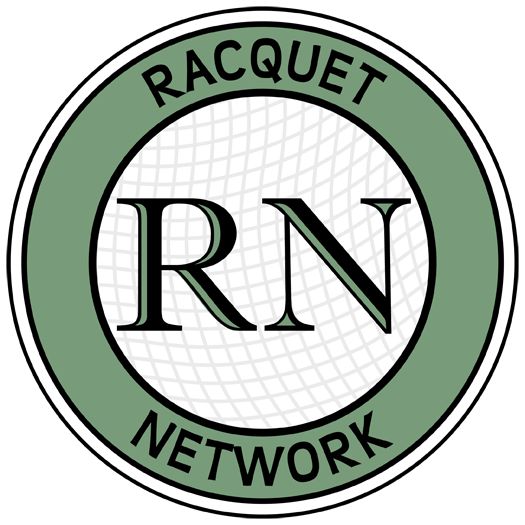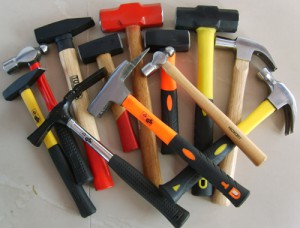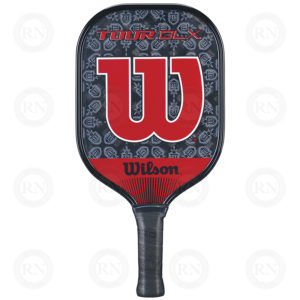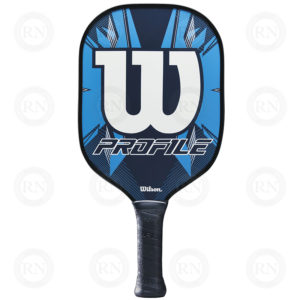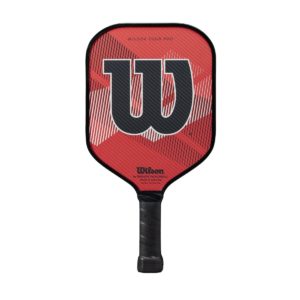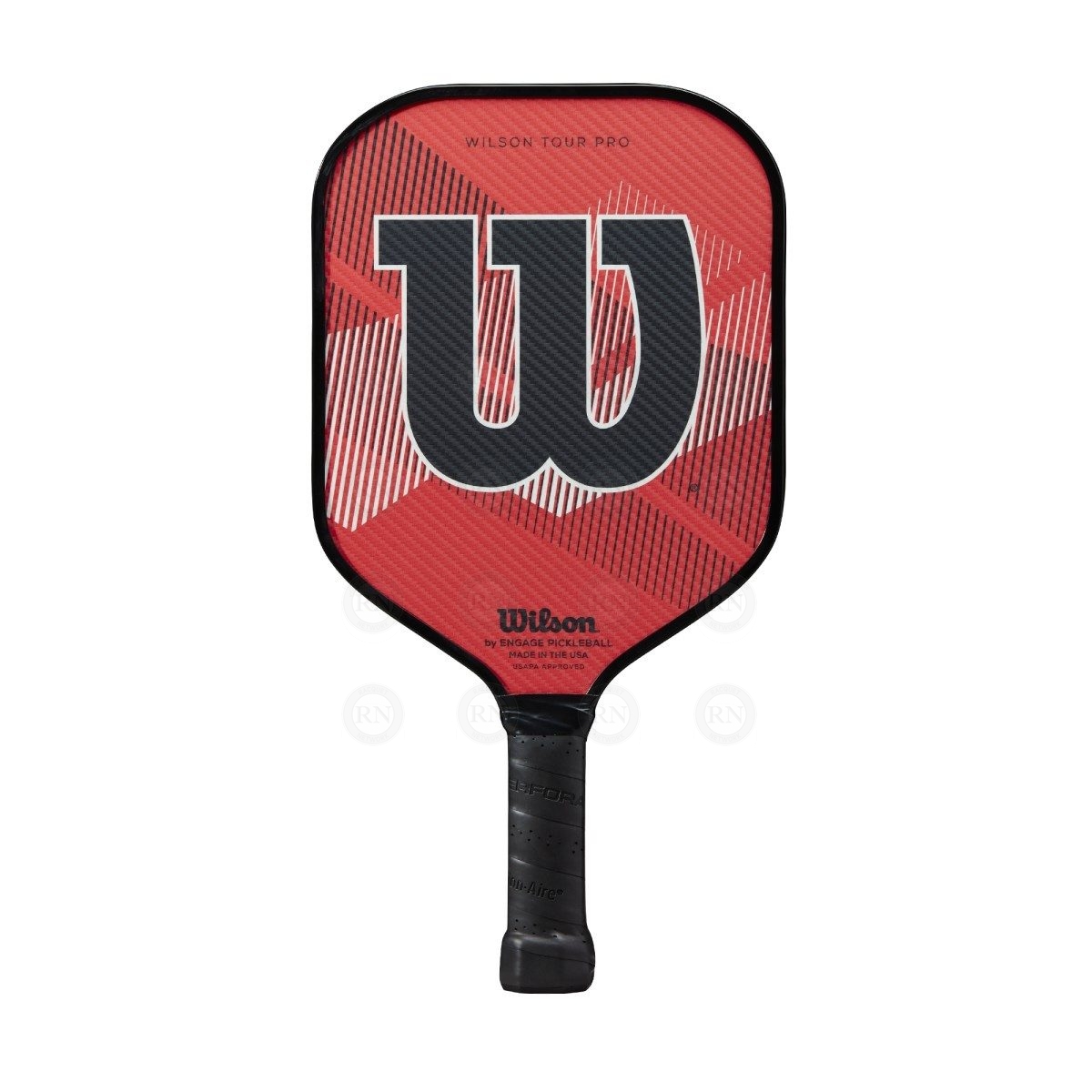
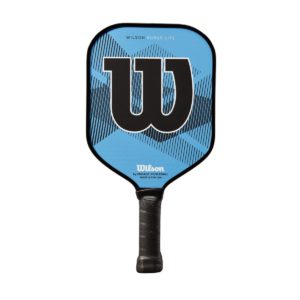
Racquet Network customers test drive more than 1000 racquets and pickleball paddles every year.
This try-before-you-buy program is a central focus of our business. It allow players an opportunity to try a variety of racquets and figure out which one fits them best before they commit to buying it.
This program — we call it our Try Before You Buy program — is open to all sports, including pickleball.
Most, but not all pickleball paddles that we carry are available for players to test drive. The only paddles that are excluded from our test drive program are low priced, low risk paddles and/or special order paddles that are only available from the warehouse. The vast majority of our core products, that is paddles that we typically carry in-store, are available for customers to test drive.
So come in to our store in southwest Calgary and talk to one of our experts. We can get you set up and test driving paddles today.
Test Drive Pickleball Paddles
Our try-before-you-buy program allows players an opportunity to try a variety of pickleball paddles and figure out which one fits them best before they commit to buying one.
-
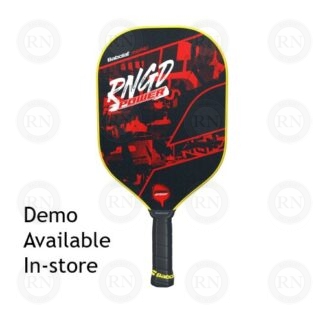
Babolat RNGD Power
Original price was: CAD $150.00.CAD $129.99Current price is: CAD $129.99. -
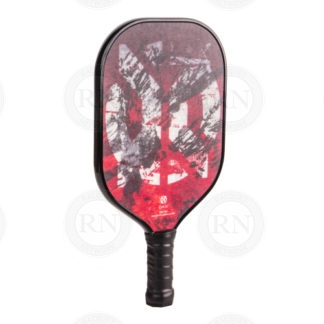
Onix Vertex Composite Pickleball Paddle
Original price was: CAD $199.99.CAD $159.99Current price is: CAD $159.99. -
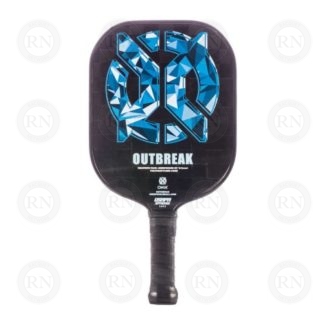
Onix Outbreak Pickleball Paddle
Original price was: CAD $299.99.CAD $239.99Current price is: CAD $239.99. -
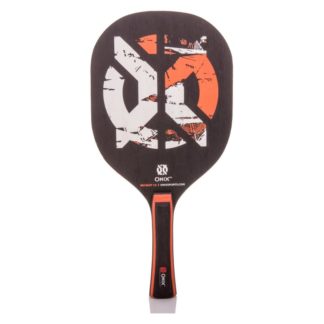
Onix Recruit 1.0 Pickleball Paddle
Original price was: CAD $30.99.CAD $24.99Current price is: CAD $24.99. -
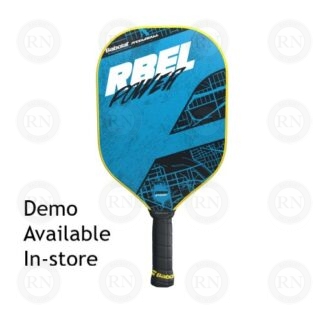
Babolat RBEL Power
Original price was: CAD $180.00.CAD $159.99Current price is: CAD $159.99. -
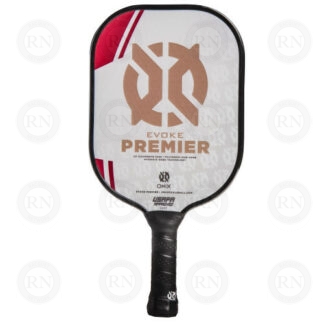
Onix Evoke Premier Light Weight Pickleball Paddle
Original price was: CAD $319.99.CAD $249.99Current price is: CAD $249.99. -
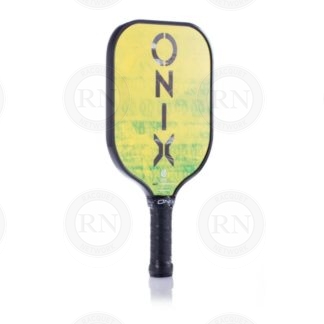
Onix React Graphite Pickleball Paddle
Original price was: CAD $299.99.CAD $239.99Current price is: CAD $239.99. -
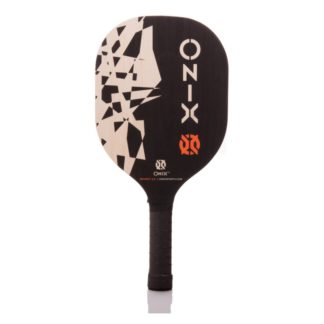
Onix Recruit 2.0 Pickleball Paddle
Original price was: CAD $37.49.CAD $29.99Current price is: CAD $29.99. -
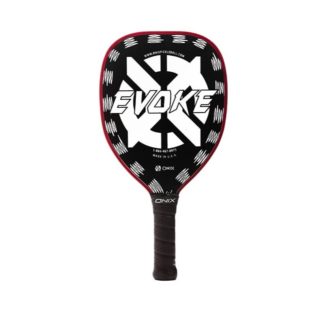
Onix Evoke Teardrop Graphite Pickleball Paddle
Original price was: CAD $219.99.CAD $169.99Current price is: CAD $169.99. -
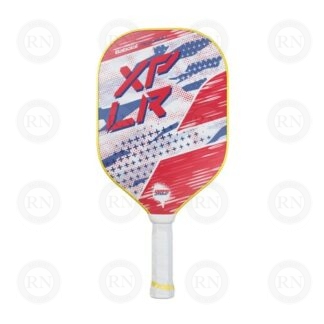
Babolat XPLR
Original price was: CAD $120.00.CAD $100.00Current price is: CAD $100.00. -
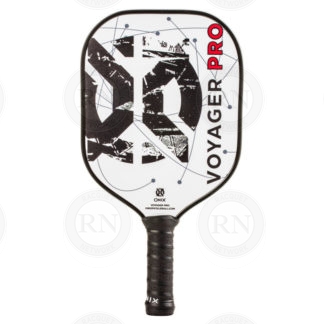
Onix Voyager Pro Graphite Pickleball Paddle
Original price was: CAD $224.99.CAD $179.99Current price is: CAD $179.99. -

Onix Evoke Premier Medium Weight Pickleball Paddle
Original price was: CAD $319.99.CAD $249.99Current price is: CAD $249.99. -
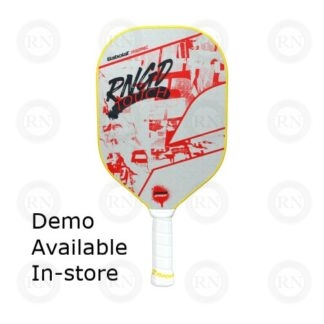
Babolat RNGD Touch
Original price was: CAD $150.00.CAD $129.99Current price is: CAD $129.99. -
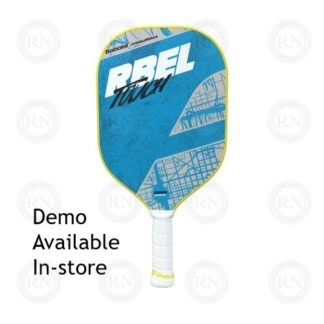
Babolat RBEL Touch
Original price was: CAD $180.00.CAD $159.99Current price is: CAD $159.99. -
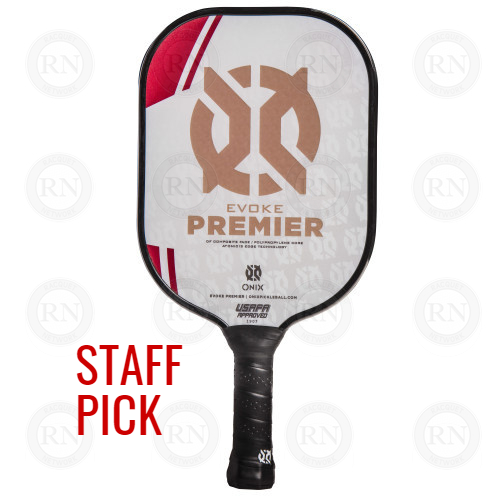
Onix Evoke Premier Heavy Weight Pickleball Paddle
Original price was: CAD $319.99.CAD $249.99Current price is: CAD $249.99. -
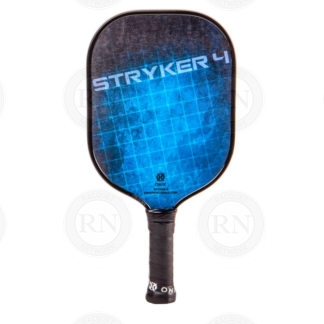
Onix Stryker 4 Composite Pickleball Paddle
Original price was: CAD $149.99.CAD $119.99Current price is: CAD $119.99. -
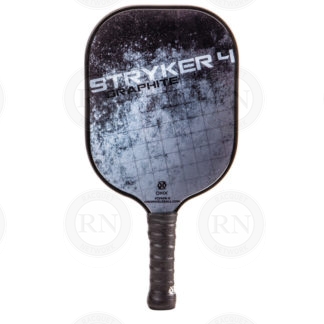
Onix Stryker 4 Graphite Pickleball Paddle
Original price was: CAD $174.99.CAD $139.99Current price is: CAD $139.99. -
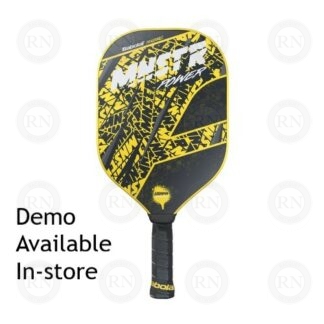
Babolat MNSTR Power
Original price was: CAD $210.00.CAD $189.99Current price is: CAD $189.99. -
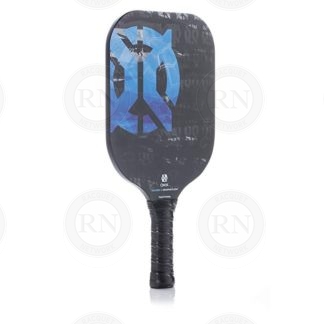
Onix Sub-Zero Graphite Pickleball Paddle
Original price was: CAD $199.99.CAD $179.99Current price is: CAD $179.99. -
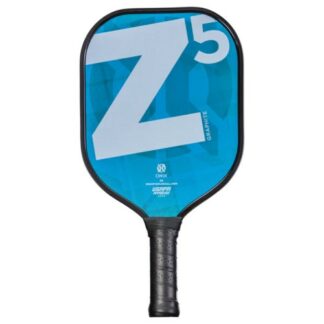
Onix Z5 Mod Graphite Pickleball Paddle
Original price was: CAD $199.99.CAD $159.99Current price is: CAD $159.99.
